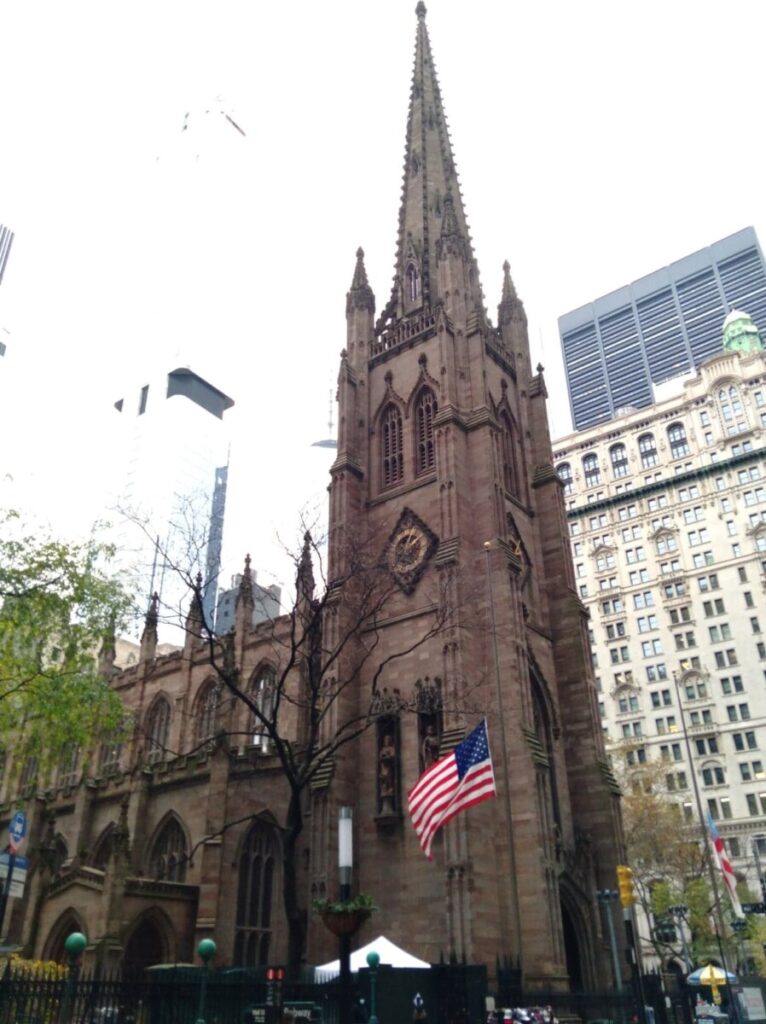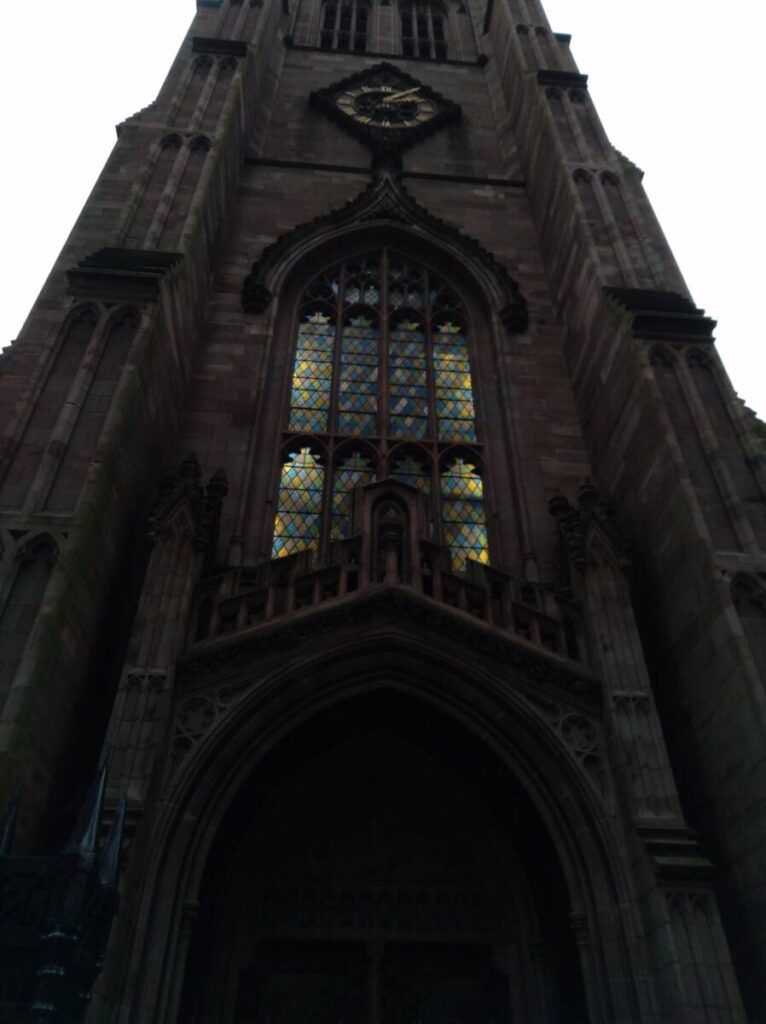Rachel Xie Eng3407
“The Haunting of Hill House”
In the story of, “The Haunting of Hill House,” by Shirley Jackson, there were a few examples of gothic concepts that we have explored during class. The gothic terms that I had examine in the novel were, haunting, Todorov’s definition of uncanny, and Vidler’s idea of architectural uncanny. There are a few scenes from the novel that shows the examples of gothic terms and in some of the scenes in the novel, it does show great examples of Anthony Vidler’s idea of architectural uncanny, Todorov’s definition of fantastic and the gothic term is “haunting”, and in the Hill house it does inform the plot or the character’s emotions or decisions.
In chapter 2, in “The Haunting of Hill House,” there was one scene when Eleanor enters the gate and caught a glimpse of the Hill house as she droves by. The architecture of the Hill house definitely gives her the unwelcome feeling that she wanted to turn back to the gate and leave. For example in the text it states, “I should have turned back at the gate, Eleanor thought. The house had caught her with an atavistic turn in the pit of the stomach, and she looked along the lines of its roofs, fruitlessly endeavoring to locate the badness, whatever dwelt there; her hands turned nervously cold so that she fumbled, trying to take out a cigarette, and beyond everything else she was afraid, listening to the sick voice inside her which whispered, Get away from here, get away. ” [p.14] It does show an example of Vidler’s idea of architectural uncanny, because in his definition, it says the architectural uncanny is represented by a feeling of anxiety in which there is a slippage and lack of clarity between what is homely and what is unhomely, and Eleanor was scared to the point her hands turns nervously cold and it does give her the feeling of anxiety just by looking at the lines of the roofs. In chapter 4, in the “The Haunting of Hill House,” there is one major scenes that shows an example of Anthony Vidler’s idea of architectural uncanny. In one particular scene, Dr. Montague, Eleanor, Luke and Theodora from the novel, went out to explore the Hill house and come across multiple architecture structure or space and Eleanor was one of them that feels uncomfortable as she came across the structure of the library in the tower. For example in one of the quotes it says, “Then the doctor said, “Nowhere is something none of you anticipated,” and he opened a small door tucked in beside the tall front door and stood back, smiling. “The library,” he said. “In the tower.” “I can’t go in there,” Eleanor said, surprising herself, but she could not. She backed away, overwhelmed with the cold air of mold and earth which rushed at her.” [p.48] In this scene, it shows Anthony Vidler’s idea of an architectural uncanny, because the library in the tower gives Eleanor the feeling of overwhelmed and instead of feeling calm and feeling like home, she was too scared and refuse to even go in there.
In chapter 5, Theodora experience something very shocking when she was staying over at the Hill house and that experience was when she saw her clothes all torn and her room and wardrobe were painted. The gothic term is haunting, because her room was painted in red and it’s either red paint or blood, and it’s something Eleanor, Luke and Dr. Montague wouldn’t do to Theodora. It must be something or a ghost trying to haunt the house to get Eleanor’s attention or it’s trying to communicate with Eleanor. In the novel text it says, “It’s Theo,” she said as they came to the top of the stairs. “She’s hysterical. Someone—something—has gotten red paint in her room, and she’s crying over her clothes.” Now I could not have put it more fairly than that, she thought, turning to follow them. Could I have put it more fairly than that? she asked herself, and found that she was smiling “Theodora was still sobbing wildly in her room and kicking at the wardrobe door, in a tantrum that might have been laughable if she had not been holding her yellow shirt, matted and stained; her other clothes had been torn from the hangers and lay trampled and disordered on the wardrobe floor, all of them smeared and reddened. “What is it?” Luke asked the doctor, and the doctor, shaking his head, said, “I would swear that it was blood, and yet to get so much blood one would almost have to…” and then was abruptly quiet. [p. 10 of Chapter 5]
In the last page of Chapter 9, in the ending scene of the novel, the last example of a gothic term, was Todorov’s definition of fantastic, and her definition of fantastic was both natural and supernatural, meaning that it’s both. Fantastic means it’s something that can actually happen that is natural, and it also can be supernatural and that is what Eleanor was going through at the end of the scene. She was basically possessed by the house, and she was being told by the house that she can’t leave and that she must stay, but Dr. Montague, Theodora, and Luke beg her to leave and let her drive away and that gave her the opportunity to sped up her car without stopping and crash herself into an oak tree killing herself, but at the very end she said why didn’t they stop me, which means she was being possessed and she didn’t know what she was doing. For example, in this quote it states, ” With what she perceived as quick cleverness she pressed her foot down hard on the accelerator; they can’t run fast enough to catch me this time, she thought, but by now they must be beginning to realize; I wonder who notices first? Luke, almost certainly. I can hear them calling now, she thought, and the little footsteps running through Hill House and the soft sound of the hills pressing closer. I am really doing it, she thought, turning the wheel to send the car directly at the great tree at the curve of the driveway, I am really doing it, I am doing this all by myself, now, at last; this is me, I am really really really doing it by myself. In the unending, crashing second before the car hurled into the tree she thought clearly, Why am I doing this? Why am I doing this? Why don’t they stop me?”[Last pg. of Chapter 9]
This concludes, that in the story, ” The Haunting of Hill House,” by Shirley Jackson, shows a few examples of gothic concepts that we learned in class. In the novel, I have examine these gothic concepts from some scenes and the gothic concepts in certain scenes were, haunting, Todorov’s definition of uncanny, and Vidler’s idea of architectural uncanny. In the some major scenes it shows a great example of Anthony Vidler’s idea of architectural uncanny, Todorov’s definition of fantastic and the gothic term the which is the word “haunting”. The actions that the characters had made; happens when their emotions and decision were occurred when staying over at the Hill house.
MLA Citation: Jackson , Shirley. “The Haunting of Hill House”. 1959.








